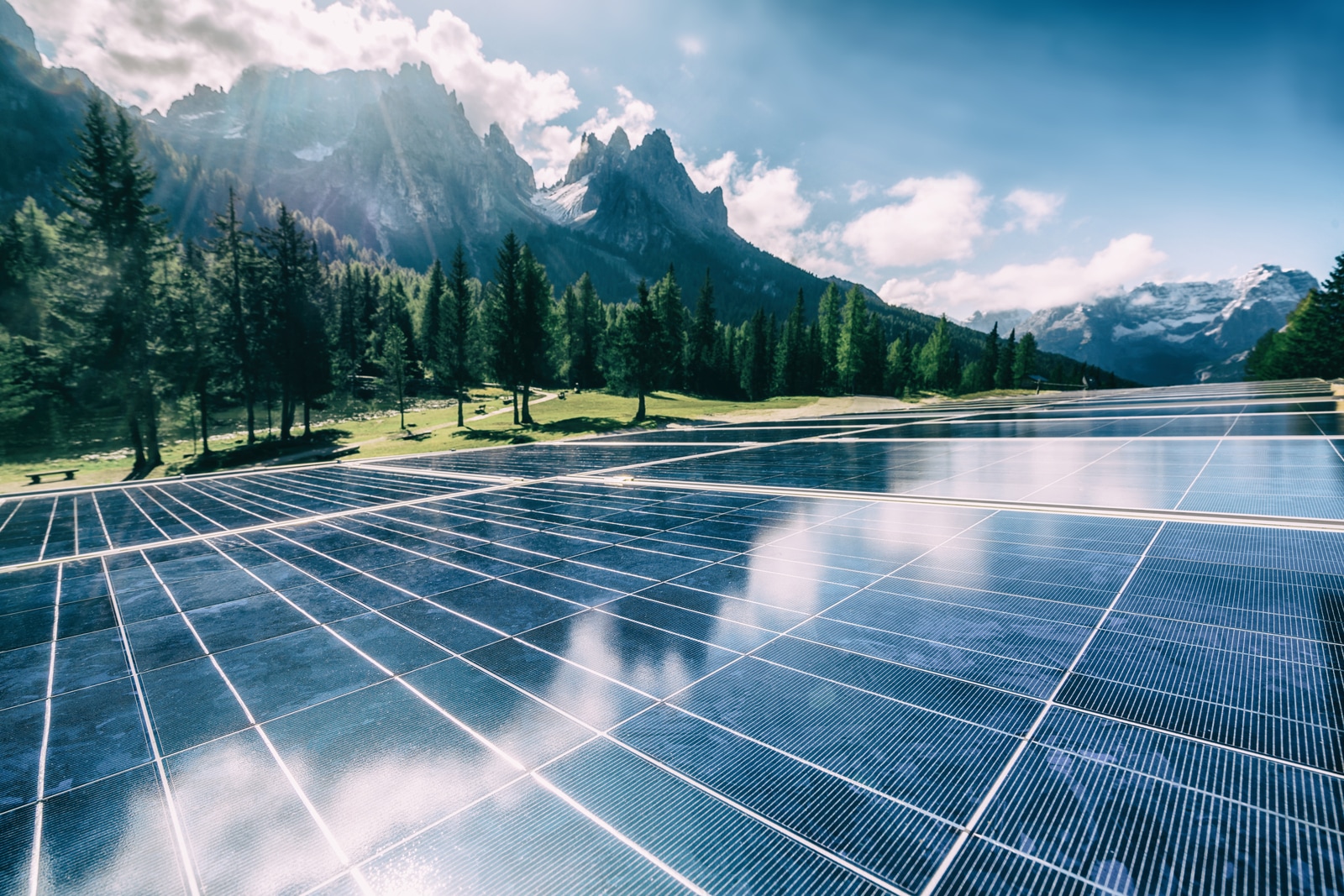Global Clean Energy Supply Rises as Power Sector Reduces Reliance on Coal-Fired Generation
The International Energy Agency projects continued growth in clean energy's share of global electricity supply from 2025 to 2027, potentially meeting all new global electricity demand by 2027. As global energy policies increasingly shift towards renewable sources, renewable energy generation is expected to surpass coal-fired generation for the first time in 2025. Coal's share in power generation is anticipated to fall below 33% for the first time in nearly a century.
Taiwan's energy policy aligns with international trends, gradually reducing coal-fired power while increasing renewable energy use. From 2020 to 2024, Taiwan has steadily decreased coal-fired generation, with its share dropping to 39% in 2024, below gas-fired at 42%. Taiwan's total power generation in 2024 reached 288.6 TWh, a 2% increase from the previous year. The energy mix comprised 83% from conventional thermal units, 4% from nuclear, and 12% from renewable sources, maintaining a 16% clean energy ratio.
Increasing Grid Investment Demands Drive Up Grid Tariffs
As renewable energy grid integration and industrial electrification expand, countries are increasing grid investments, leading to rising grid tariffs globally. In 2022, Taipower launched a grid resilience plan, allocating NT$564.5 billion over the next decade for grid upgrades.
Currently, transmission and distribution costs comprise less than 20% of Taiwan's public utility electricity rates, significantly lower than in other countries. However, as the share of renewable energy increases, investment and dispatch requirements for transmission and distribution are expected to rise, likely resulting in gradual tariff increases.
Taiwan's Renewable Energy Generation Exceeds 10% for the First Time
In 2024, Taiwan's renewable energy generation saw significant growth, reaching 33.3 TWh, accounting for 12% of total electricity generation. Solar power remained the dominant renewable source, contributing 45% of total renewable energy output. With the commissioning of large-scale offshore wind projects, wind power accounted for 31% of renewable generation, marking a 66% increase from the previous year.
As Taiwan's renewable energy share continues to rise and Taipower's Feed-in Tariffs(FiTs)gradually decrease, new large-scale renewable energy projects will increasingly rely on long-term corporate power purchase agreements(CPPAs)to ensure stable future revenue. As a result, Taiwan's renewable energy trading volume is expected to accelerate further.
For corporate users, CPPAs present greater complexity and stability challenges compared to the previous FiT system. As renewable energy supply grows and diversifies, managing green electricity costs and implementing effective green transformation strategies will become critical issues for businesses.
To address these challenges, PwC's Energy Transition Business Services has developed customized “RE Procurement Dashboards” for corporate users and electricity retailers. These digital solutions assist individual companies, corporate groups, and electricity retailers in simulating wheeling scenarios and optimizing parameter settings, thereby enhancing the effectiveness of renewable energy procurement strategies.
Global and Taiwan Electricity and Renewable Energy Market 2024
Contact us










